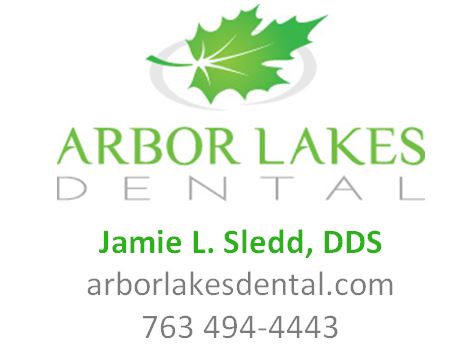Dr. McGlennen: The oral microbiota changes when women become pregnant, and levels of periodontal pathogens increase1. During pregnancy, periodontal inflammation worsens, mostly due to increased levels of A.a., P.g., F.n. and P.i.2. Among these oral pathogens, there is a marked risk of infection of the maternal blood and the placenta, which leads to an increase in pre-term labor, lower birth weight and even the chance of fetal loss due specifically to the bacteria P.g. and F.n.3,4. Further, the long-term risk for systemic disease in mothers with periodontitis is evident in the progression of atherosclerosis and the increased risk of venous thrombosis due to F.n., P.g., T.f. and A.a.3,5. For these reasons, consider testing all women who are planning a pregnancy with the goal of reducing these bad bacteria.
Many dental and medical practitioners are incorporating an overall health approach. We have invited Nancy Wahl, RDH of Arbor Lakes Dental to share how their team communicates the link between periodontal pathogens and pregnancy to their patients.
Nancy Wahl RDH:
When I first learn that one of my patients is pregnant, I ask her if she has noticed any changes in her gum tissue. If she indicates she has, we discuss what these changes are. If she hasn’t noticed, we discuss the things she can look for such as increased tenderness and bleeding. After assessing the current condition of her mouth, I discuss the causes of changes in the oral tissue being a heightened inflammation response due to the increase in hormones and bacteria. I also explain that these changes can lead to pre-term low birth weight babies. I will then offer a simple salivary test that can look for these bacteria and help determine if there is a risk with their pregnancy. I let these patients know that I am happy to partner with them and their obstetrician to help in creating the healthiest outcome for both her and the baby.
References:
- Persson GR, Hitti J, Paul K, et al. Tannerella forsythia and Pseudomonas aeruginosa in subgingival bacterial samples from parous women. J Periodontol 2008;79:508-16.
- Carrillo-de-Albornoz A, Figuero E, Herrera D, Bascones-Martinez A. Gingival changes during pregnancy: II. Influence of hormonal variations on the subgingival biofilm. J Clin Periodontol 2010;37:230-40.
- Han YW, Houcken W, Loos BG, Schenkein HA, Tezal M. Periodontal disease, atherosclerosis, adverse pregnancy outcomes, and head-and-neck cancer. Adv Dent Res 2014;26:47-55.
- Andonova I, Iliev V, Zivkovic N, Susic E, Bego I, Kotevska V. Can oral anaerobic bacteria cause adverse pregnancy outcomes? Pril (Makedon Akad Nauk Umet Odd Med Nauki) 2015;36:137-43.
- Kurita-Ochiai T, Yamamoto M. Periodontal pathogens and atherosclerosis: implications of inflammation and oxidative modification of LDL. Biomed Res Int 2014;2014:595981.
Click here and find case studies on periodontal disease and pregnancy.
For more information on how to become an OralDNA Provider – scan HERE: 

